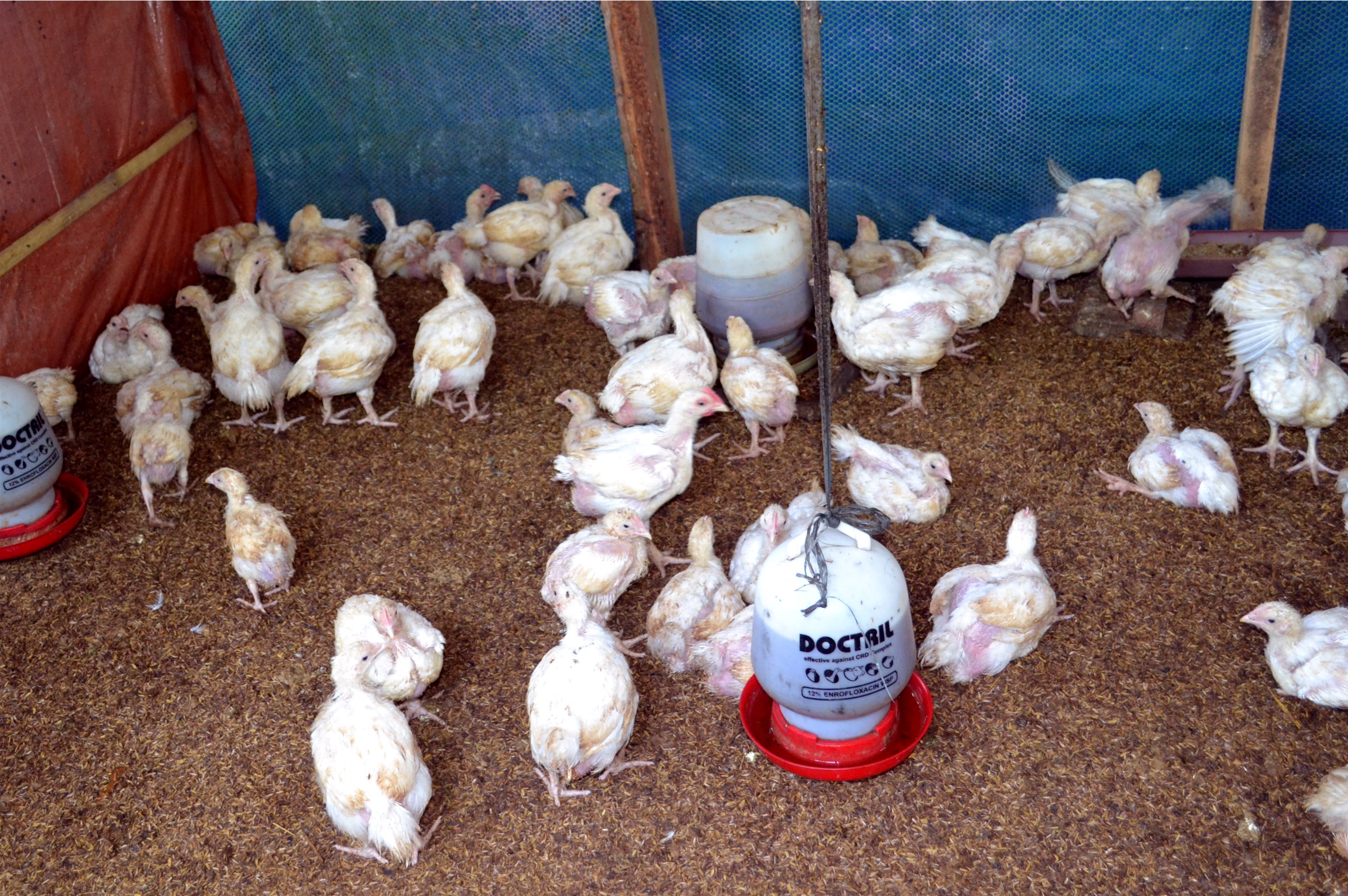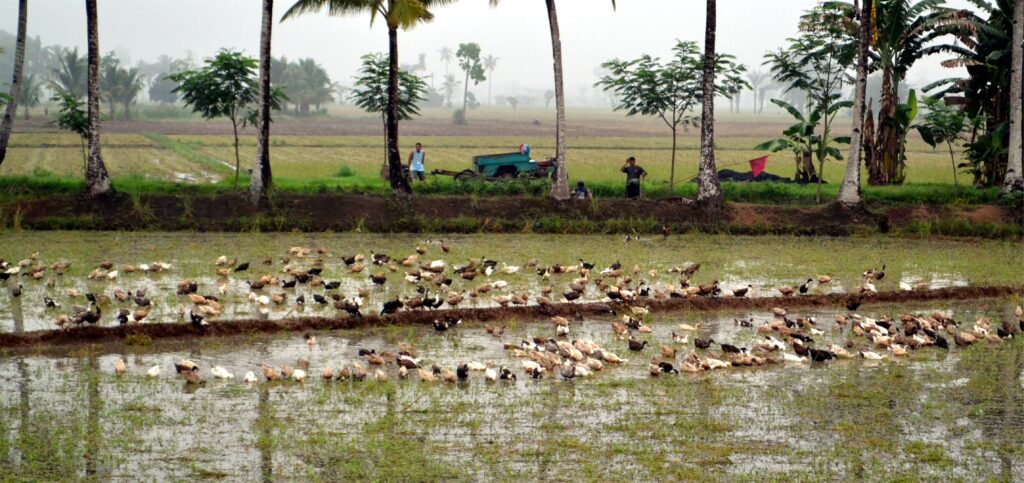Text and Photos by Henrylito D. Tacio
Last March 30, the Department of Agriculture (DA) declared the country is having an outbreak of Avian Influenza Type A subtype H5N1 or bird flu.
In Central Luzon, the number of avian flu cases was increasing. “Most of those affected by the outbreak were mostly ducks and quails,” Agriculture Secretary William Dar was quoted as saying by Manila Bulletin. “We already provided assistance to farmers affected by the outbreak.”
Even before he said those words, Dar said his department had already issued a memorandum circular to intensify its containment and control of the disease.
Here in Mindanao, bird flu has already been reported in Tacurong City in Sultan Kudarat. Dr. Allan Alimajen of the City Veterinary Services Office confirmed to Rappler that bird flu was detected in two duck farms in barangays, Baras and Kalandagan.
As this developed, the Davao City government “is strictly monitoring the entry of poultry products at the checkpoints,” said MindaNews.
Dr. Cerelyn Pinili of the City Veterinary Office said the city has “put up checkpoints in various entry points to the city – in Lasang, Calinan, Marilog, and Sirawan.”
Influenza, or flu for short, is a notorious killer. Hippocrates described fly in 412 BC, and the first well-described pandemic of flu-like disease occurred in 1580. Since that time, 31 such possible flu pandemics have been documented, with three occurring in the 20th century: in 1918, 1957, and 1968. The 1918 Spanish flu pandemic killed some 20 million to 50 million throughout the world.



Every year, throughout the world, widespread outbreaks of flu happen. It occurs in epidemics, in which many people get sick all at once. In each epidemic, usually, only one strain of flu virus is responsible for the disease. Strains are often named after the first location (for example, Hong Kong flu) or animal (for instance, swine flu) in which it was found.
The health website of the United Kingdom said there are many different strains of the bird flu virus, most of which don’t infect humans. However, two particular strains have caused serious concerns: H5N1 (since 1997) and H7N9 (since 2013).
“Although these viruses don’t infect people easily and aren’t usually transmitted from human to human, several people have been infected around the world, leading to a number of deaths,” the website said.
Since the first human case in 1997, H5N1 has killed nearly 60% of the people who have been infected. “But unlike human flu bugs, H5N1 bird flu does not spread easily from person to person,” says WebMd.com. “The very few cases of human-to-human transmission have been among people with exceptionally close contact, such as a mother who caught the virus while caring for her sick infant.”
Other bird flu viruses – particularly H7N7 and H9N2, and more recently H6N1, H10N8, and H5N6 – have also infected people, but these have been “very rare or only rarely caused severe illness,” the UK website claimed.
Bird flu affects many species of birds, including chickens, ducks, turkeys, and geese. It can be passed between commercial, wild, and pet birds. “Birds don’t always get sick from infection, so seemingly healthy birds may still pose a risk to people who come into contact with them,” the UK website said.
Migrating waterfowl – mostly notably wild ducks — are the natural carriers of bird flu viruses. It’s suspected that infection can spread from wildfowl to domestic poultry.
“Aquatic birds are the primary natural reservoir for most subtypes of influenza A viruses,” the World Health Organization (WHO) said. “Most cause asymptomatic or mild infection in birds, where the range of symptoms depends on the virus properties. Viruses that cause severe disease in birds and result in high death rates are called highly pathogenic avian influenza (HPAI). Viruses that cause outbreaks in poultry but are not generally associated with severe disease are called low pathogenic avian influenza (LPAI).”
Human infections with the bird flu virus have been reported. “Bird flu is spread through direct contact with infected birds (dead or alive), an infected bird’s droppings, or secretions from their eyes or respiratory tract,” the UK website said.
“Close and prolonged contact with an infected bird is generally required for the infection to spread to humans,” the website explained. For example: include touching infected birds that are dead or alive; inhaling or being in contact with dried dust from the droppings or beddings of infected birds; inhaling or being in contact with droplets sneezed by infected birds; and culling, slaughtering, butchering, or preparing infected poultry for cooking.
Bird flu isn’t transmitted through cooked food.
Bird flu symptoms in people can vary. Symptoms may start out as normal flu-like symptoms. This can worsen to become a severe respiratory disease that can be fatal.
In February 2005, researchers in Vietnam reported human cases of bird flu in which the virus infected the brain and digestive tract of two children. Both died. These cases make it clear that bird flu in humans may not always look like typical cases of flu.

